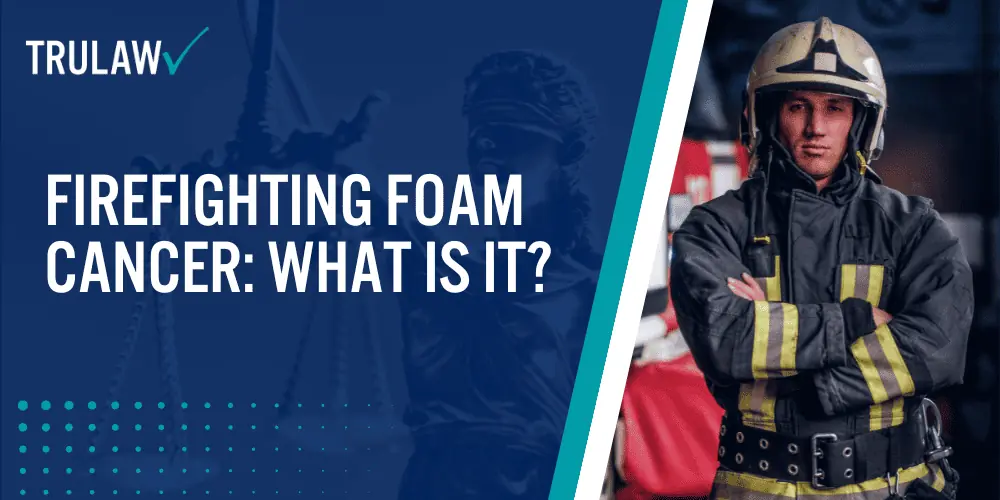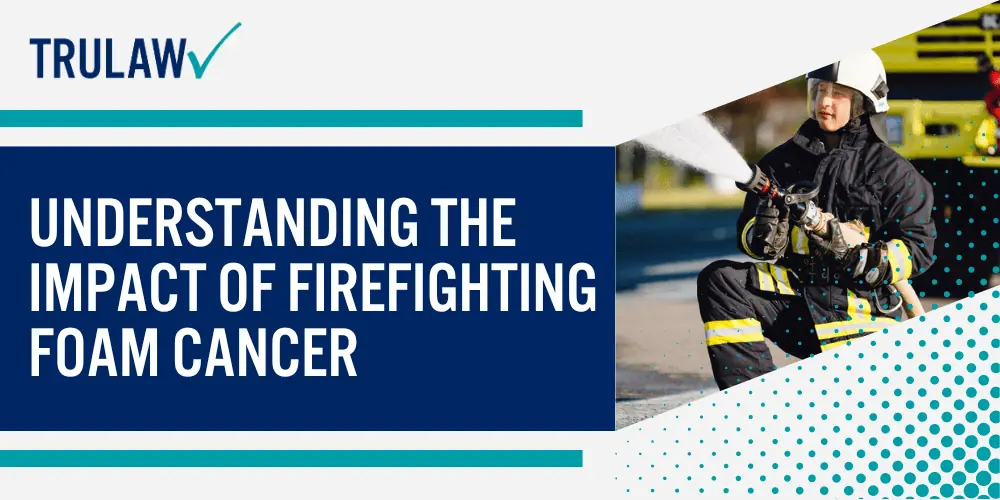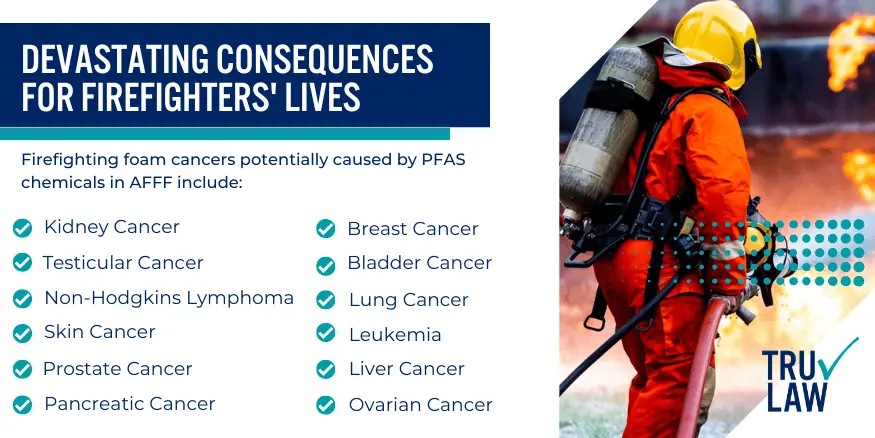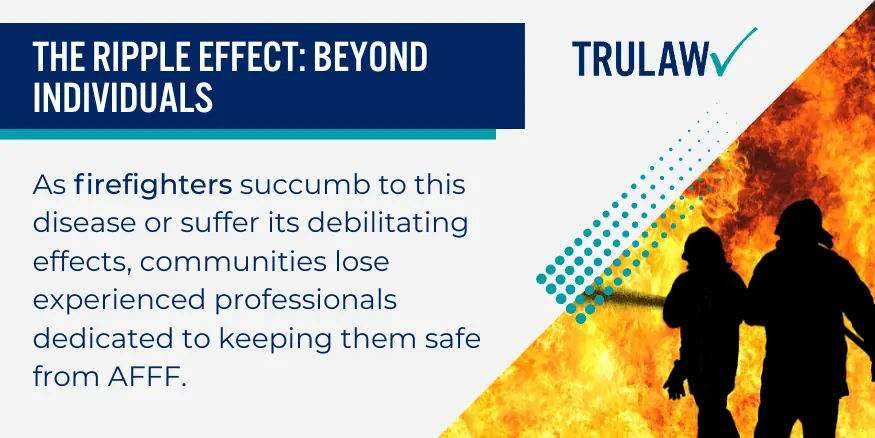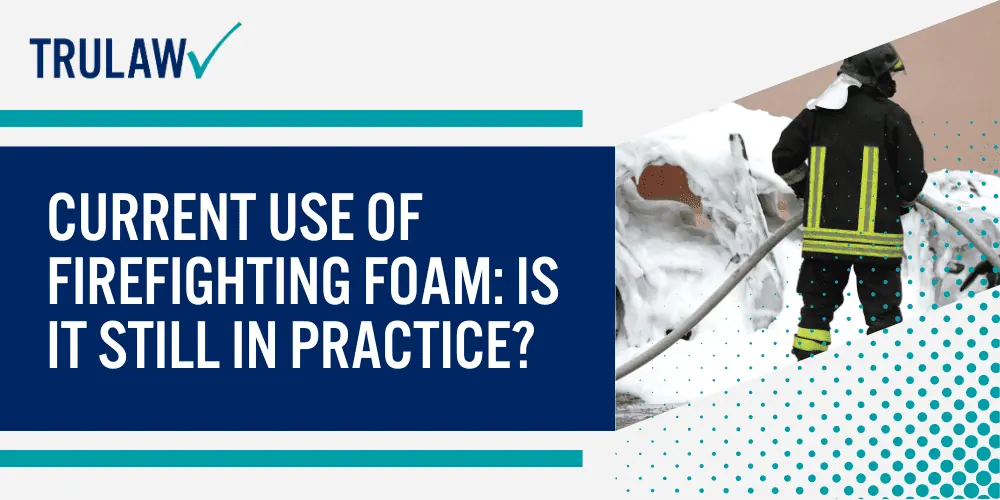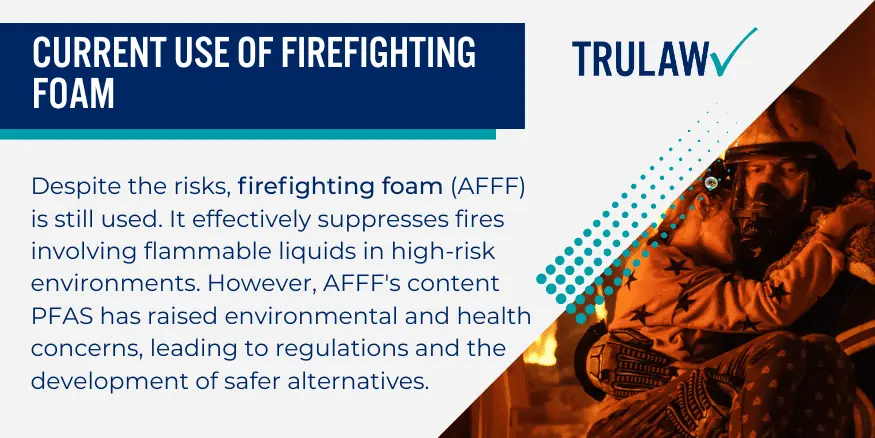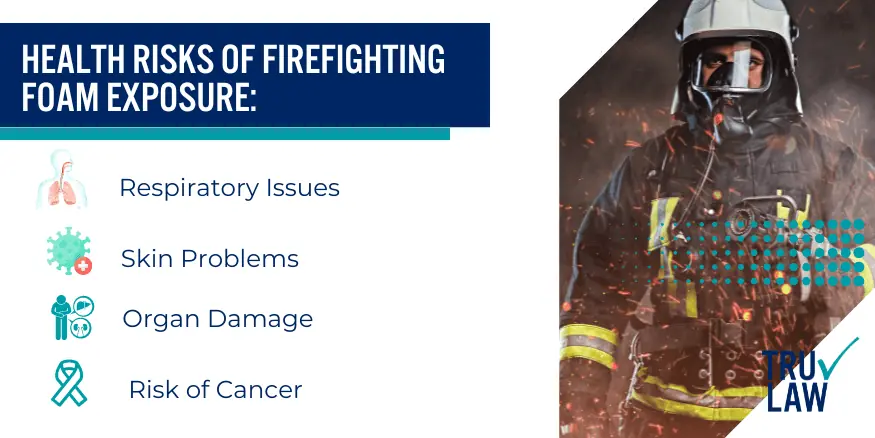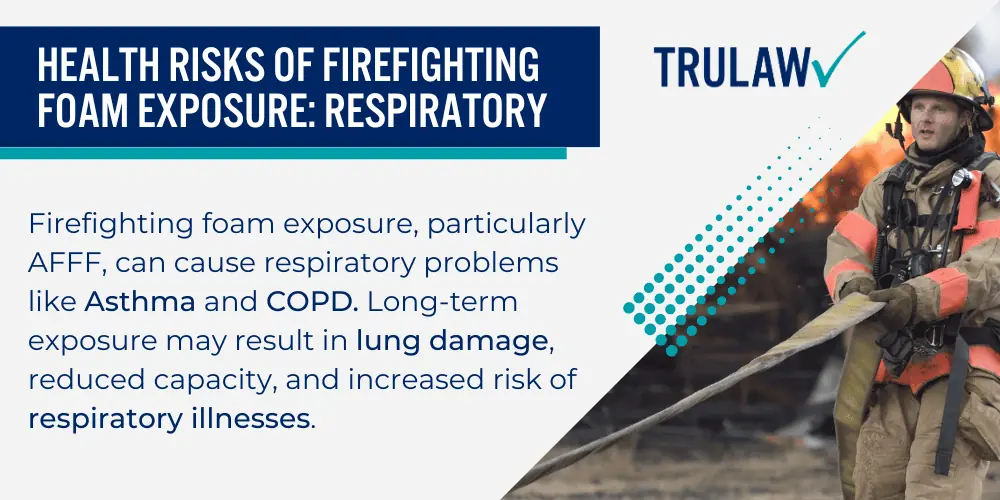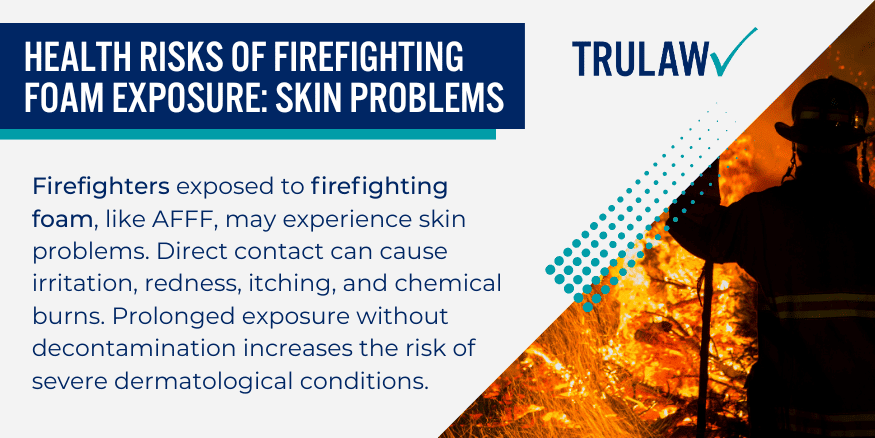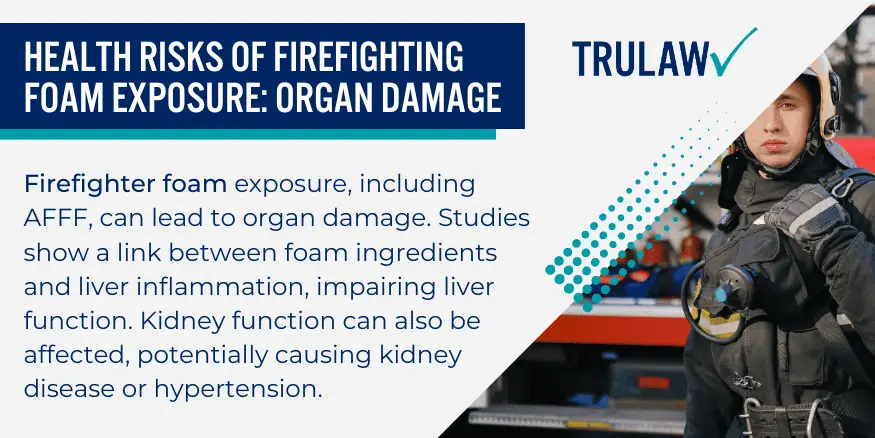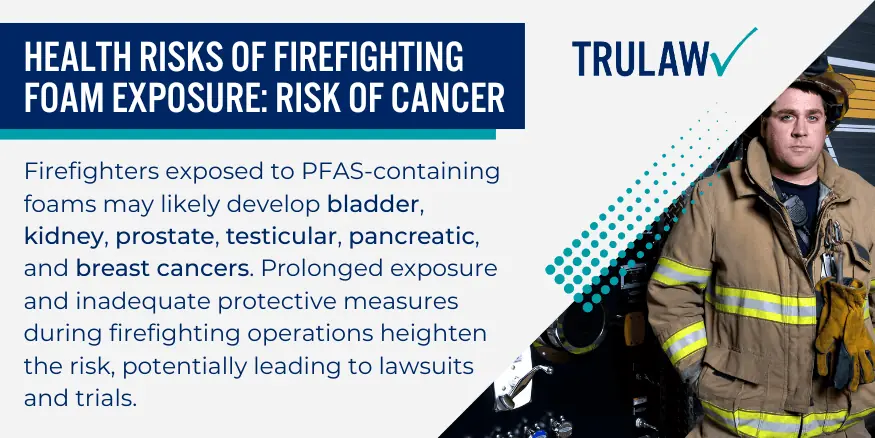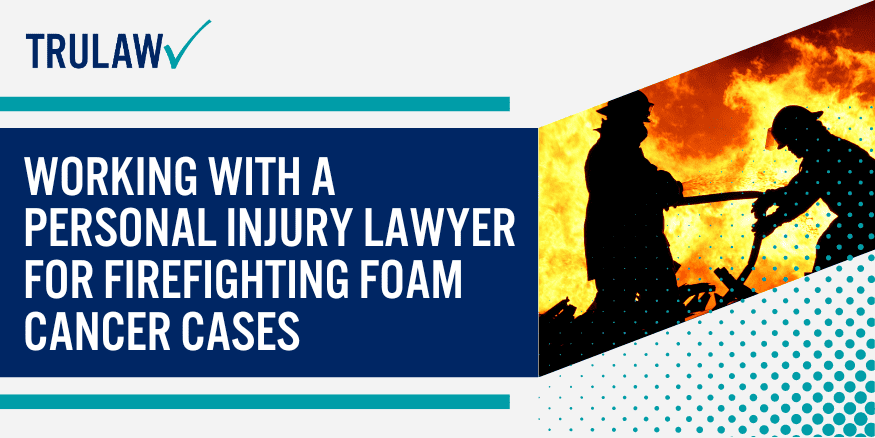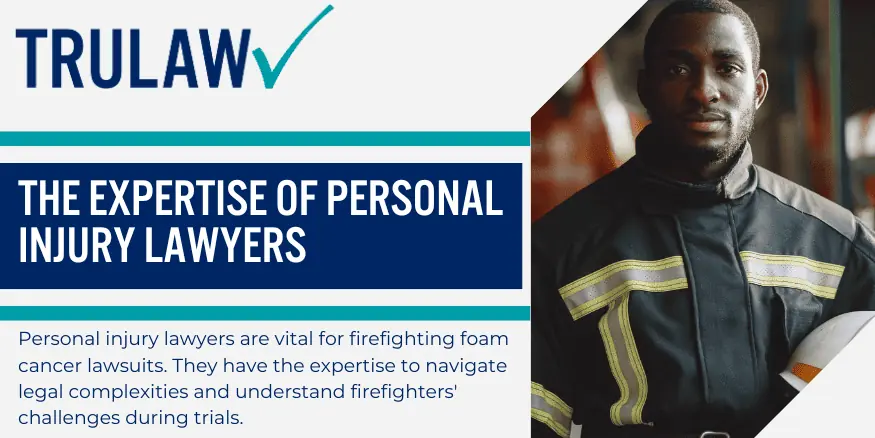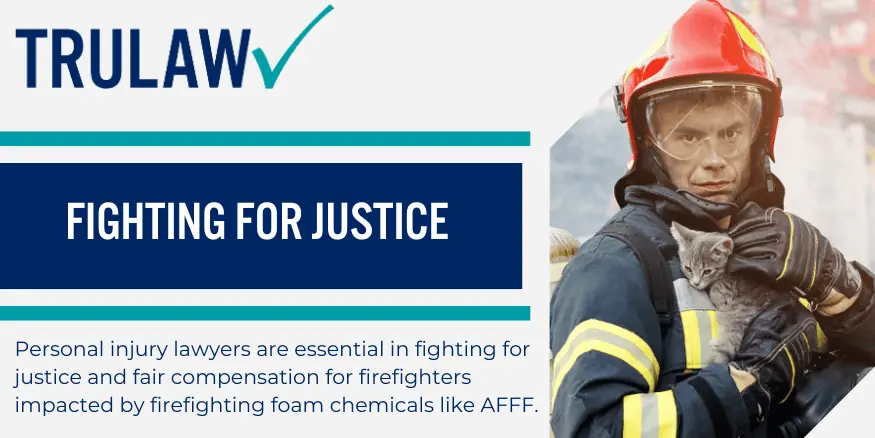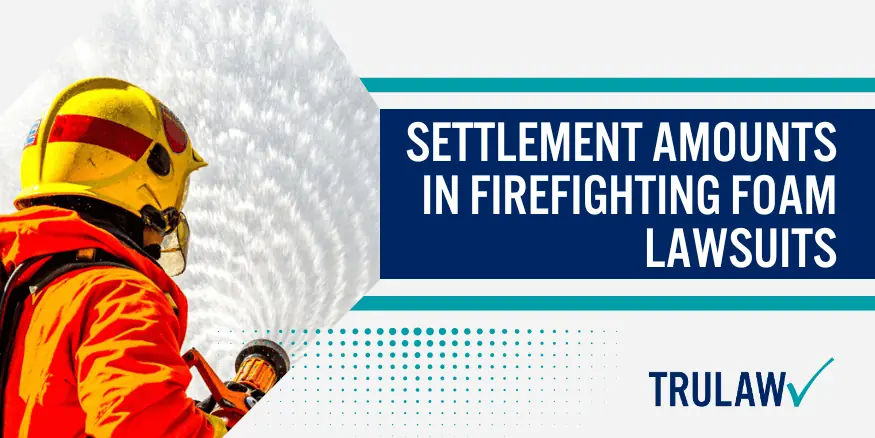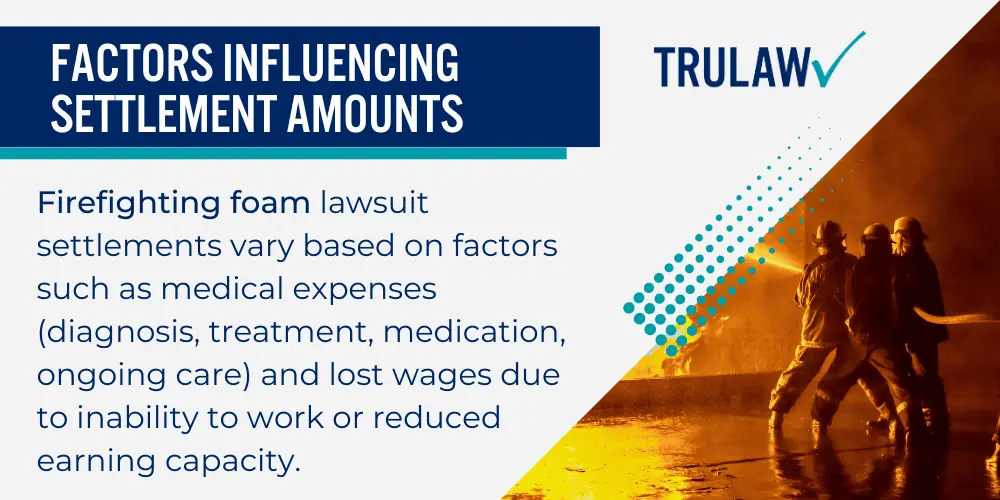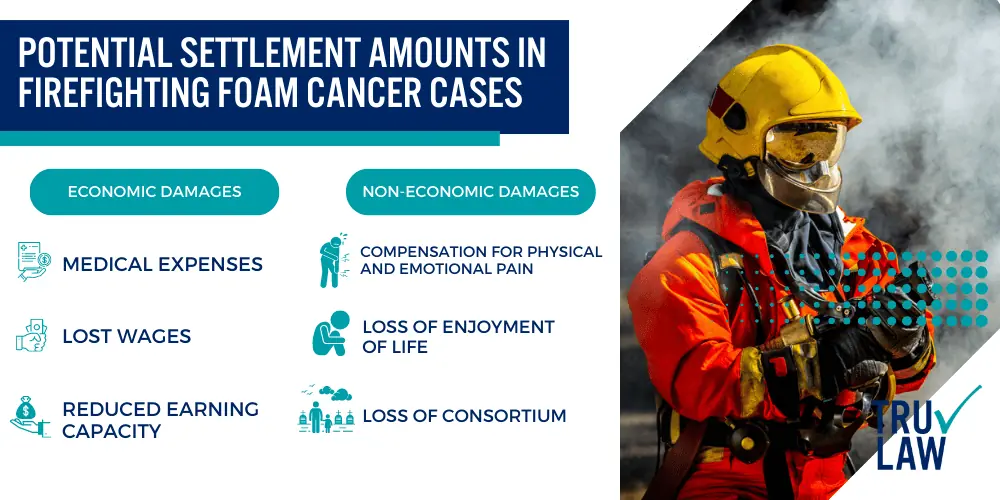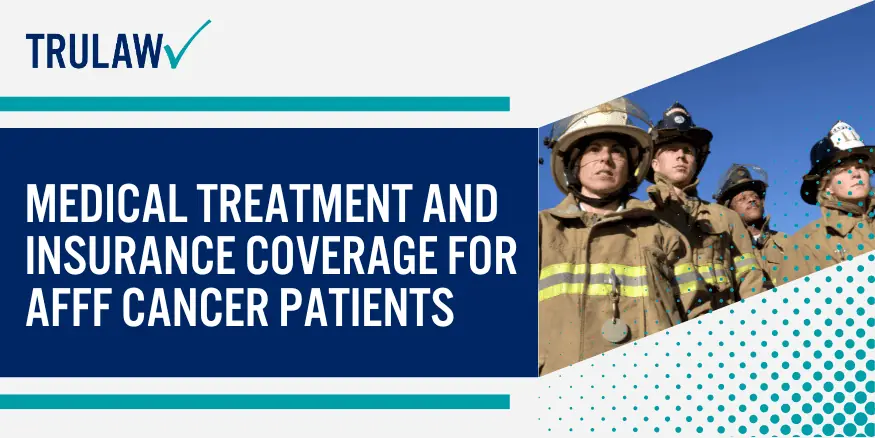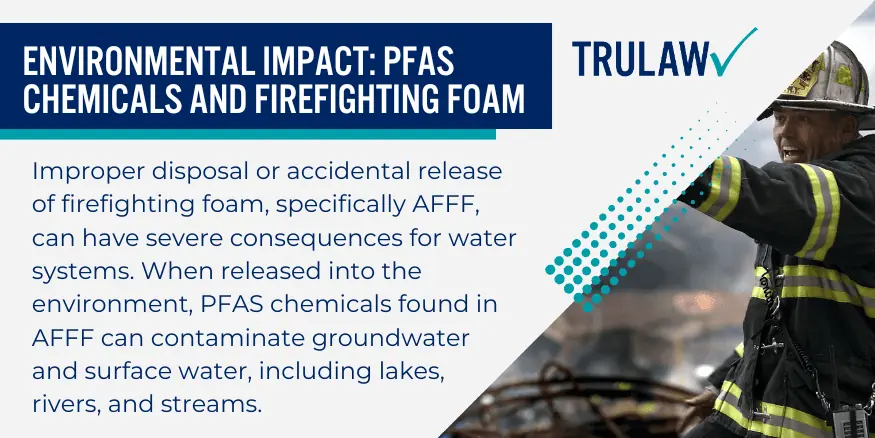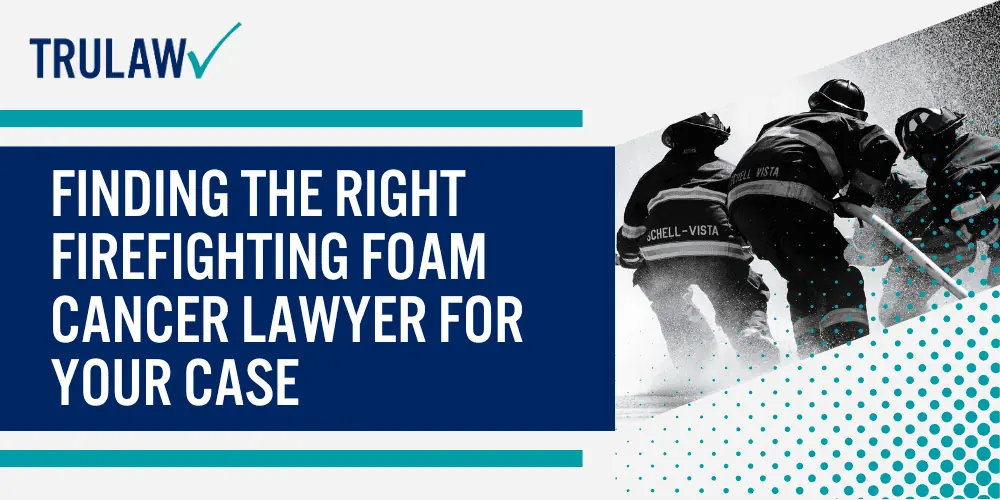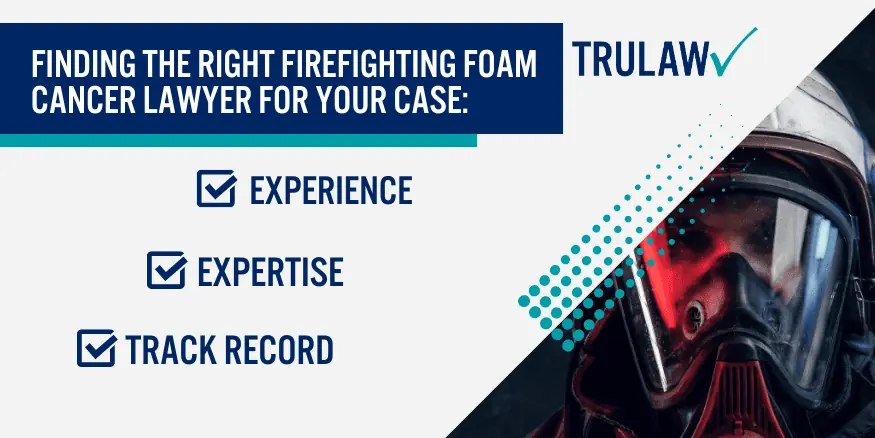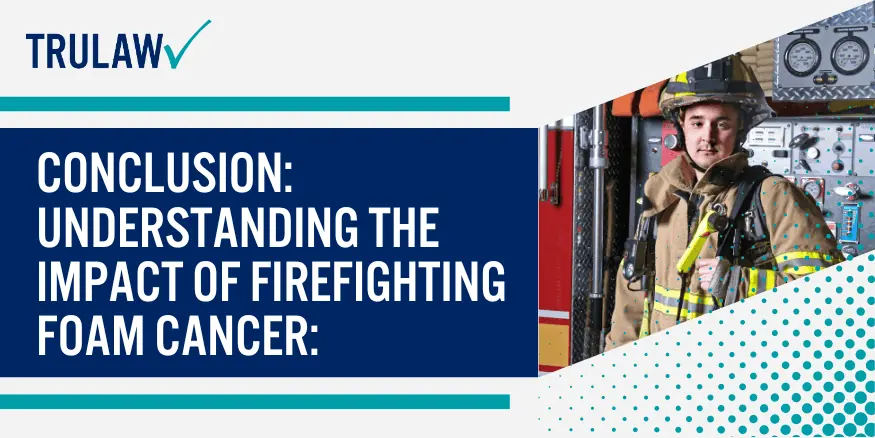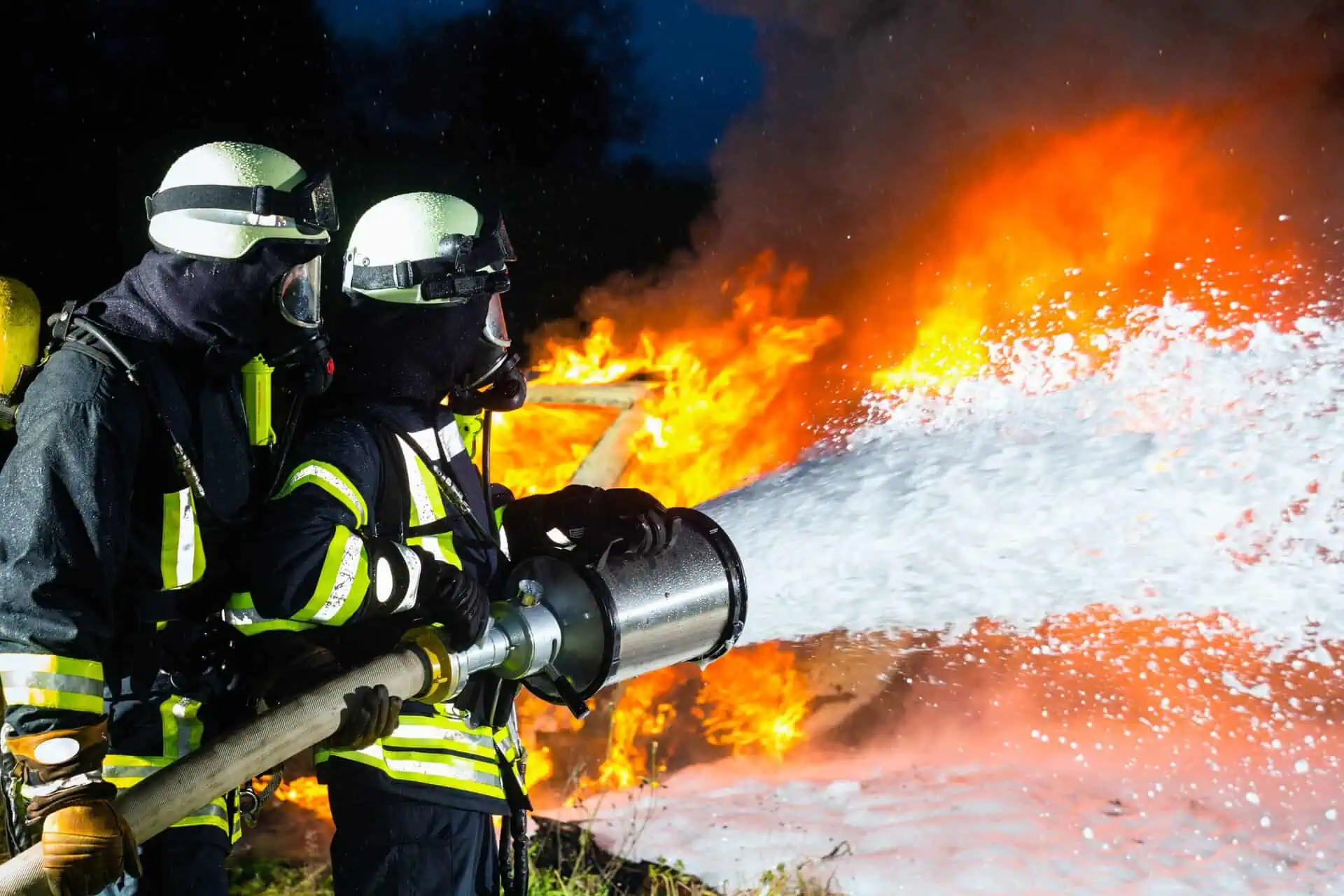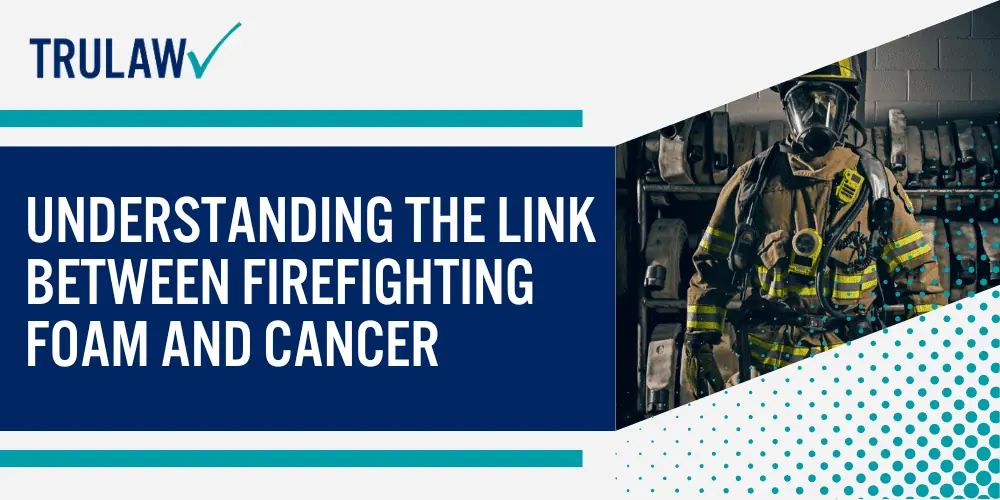
Firefighting foam has long been hailed as an effective tool in extinguishing fires, but recent studies have shed light on a concerning connection between firefighting foam exposure and cancer, particularly asbestos-related mesothelioma.
The chemicals present in these foams, such as per- and polyfluoroalkyl substances (PFAS) or so-called “forever chemicals,” have been identified as known carcinogens.
This section delves into the scientific evidence behind this alarming link, highlighting the risks faced by firefighters who regularly use firefighting foam and the potential for water contamination by PFAS chemicals from companies like Dupont.
Clear Connection: Studies reveal a strong association
Multiple studies have provided compelling evidence of a clear connection between military firefighters’ exposure to firefighting foam and cancer.
These investigations have consistently shown that individuals exposed to PFAS-containing foams, such as asbestos, are at an increased risk of developing various types of cancers.
The presence of PFAS chemicals in firefighting foam has become a significant concern due to their persistence in the environment and potential health effects, leading to AFFF class action lawsuits related to water contamination.
Known Carcinogens: Chemicals found in firefighting foam
The chemicals used in firefighting foam, including PFAS and asbestos, are classified as known carcinogens.
These substances have been linked to numerous adverse health effects, with cancer being one of the most concerning outcomes.
Exposure to PFAS and asbestos can lead to the development of different types of cancer, such as bladder cancer and other related malignancies.
Water contamination by PFAS and asbestos is a serious concern, and companies like Dupont, Chemours, 3M, and several others companies are being held accountable for their role in this issue.
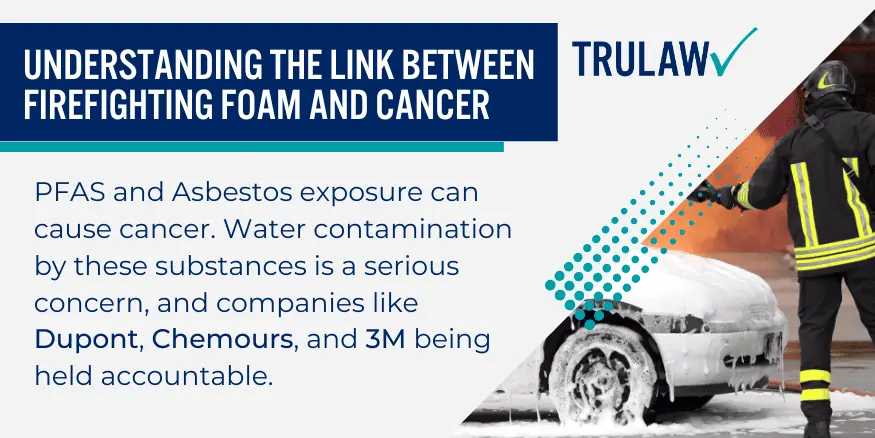
Higher Risk for Firefighters: Regular users face increased susceptibility
Firefighters, including veterans, frequently use firefighting foam and are particularly vulnerable to developing cancer, including asbestos-related diseases, due to their repeated exposure.
These brave individuals put their lives on the line every day to protect others from fire hazards; however, they unknowingly subject themselves to harmful chemicals, such as water contamination, that increase their risk of developing this life-threatening disease.
Seeking legal assistance from experienced lawyers can help firefighters affected by these issues.
The nature of firefighters’ work exposes them to direct contact with firefighting foam and potentially contaminated environments where these foams, containing asbestos and PFAS chemicals, have been used extensively.
The contamination can affect various sources, such as drinking water supplies or personal protective equipment (PPE).
This continuous exposure heightens the risk of cancer development, amplifying the urgency for further research and preventive measures in defense against these hazardous products.

Unveiling the Mechanism: How firefighting foam can cause cancer?
The link between firefighter foam and cancer lies in the chemicals it contains, such as asbestos.
PFAS compounds found in these products can accumulate in the body over time, posing a threat to various organs and systems.
These substances have been linked to lawsuits due to their ability to disrupt hormone levels, interfere with immune system functioning, and cause DNA damage – all factors contributing to cancer development.
When firefighters are exposed to PFAS through firefighting foam, these chemicals enter their bloodstream and begin wreaking havoc on their bodies.
The long-lasting nature of PFAS means that even small amounts can accumulate over time, leading to significant health consequences down the line.
As a result, there has been an increase in lawsuits related to firefighter asbestos exposure and AFFF class action lawsuit cases.
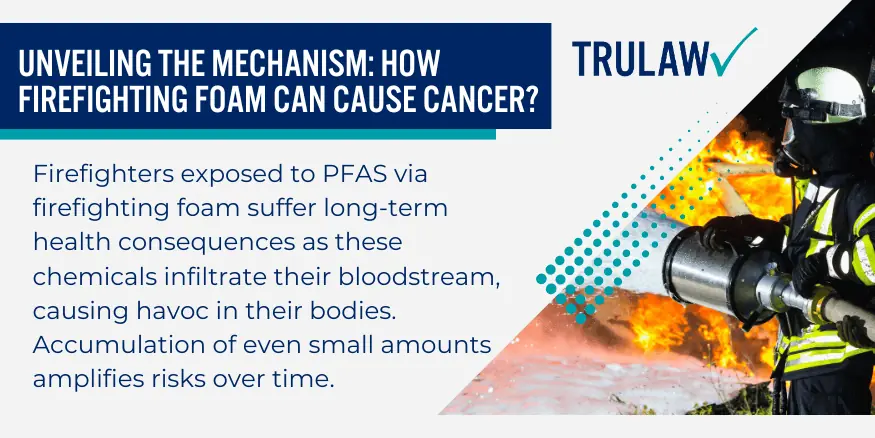
Urgent Need for Action: Protecting those who protect us
The evidence linking asbestos and PFAS chemicals in firefighting foam exposure to cancer lawsuits is too compelling to ignore.
It is crucial for governments, regulatory bodies, and fire departments worldwide to take immediate defense action in addressing this issue.
Steps must be taken to limit firefighters’ exposure to asbestos and PFAS chemicals by identifying safer alternatives or implementing better containment strategies during firefighting operations.
Regular monitoring of drinking water sources near areas where firefighting foam containing PFAS chemicals has been used extensively should be conducted.
This will help identify potential contamination risks from PFAS exposure and asbestos and allow for timely defense and remediation efforts.
